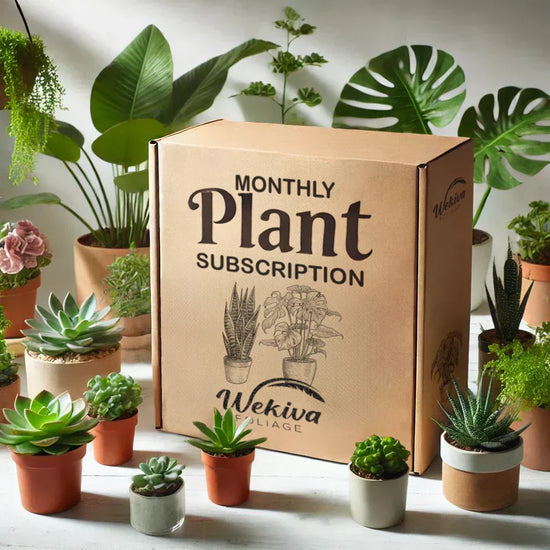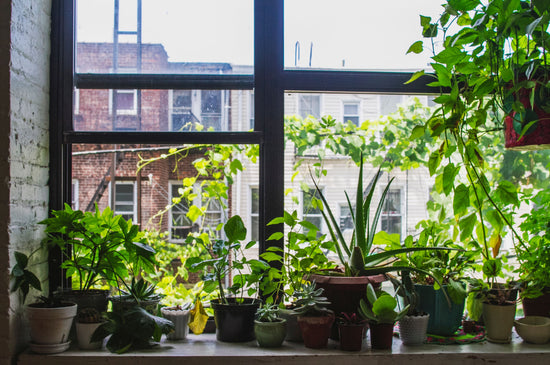Clematis: How to Grow from Seed
Growing clematis vines from seed is a fulfilling but time-intensive process that allows gardeners to cultivate unique and rare varieties. Although most gardeners prefer to grow clematis from established plants or cuttings for quicker results, starting from seed provides the opportunity to nurture a plant from its earliest stages. Whether you’re collecting seeds from your garden or purchasing them, proper preparation, patience, and care are essential.

Why Grow Clematis from Seed?
Growing clematis from seed offers several benefits:
- Access to Rare Varieties: Many clematis seeds, particularly those from wild species, are not available as mature plants. Starting from seed can introduce unique varieties to your garden.
- Cost-Effective: Seeds are significantly less expensive than established clematis plants, making them an economical option for growing multiple vines.
- Personal Satisfaction: Watching your clematis grow from a tiny seed into a flourishing vine provides immense satisfaction for dedicated gardeners.

Challenges of Growing Clematis from Seed
While rewarding, this method is not without its challenges:
- Germination Time: Clematis seeds often have a long and unpredictable germination period, ranging from weeks to several months.
- Seed Viability: Not all seeds will germinate, and hybrid seeds may not grow true to the parent plant.
- Long Timeline: It can take 2–3 years for clematis grown from seed to produce their first blooms.

Step-by-Step Guide to Growing Clematis from Seed
-
Collect or Purchase Clematis Seeds
- Collecting Seeds: If you have an existing clematis vine, allow the seed heads (also called “seed pods” or “seed fluff”) to mature on the plant. Harvest them when they turn brown and papery, usually in late summer or fall.
- Purchasing Seeds: Purchase seeds from reputable suppliers to ensure good viability and quality. Look for fresh seeds, as older ones may have lower germination rates.
-
Prepare for Stratification
- Clematis seeds require cold stratification to break dormancy and encourage germination. This process mimics winter conditions.
- Place the seeds in a resealable plastic bag with a damp medium such as sand, vermiculite, or peat moss. Seal the bag and store it in the refrigerator for 8–12 weeks. Check periodically to ensure the medium remains moist but not soggy.
-
Sow the Seeds
- After stratification, sow the seeds in seed trays or small pots filled with a light, well-draining seed-starting mix.
- Plant the seeds just below the surface, covering them lightly with soil or a thin layer of sand.
- Mist the soil with water to ensure it is evenly moist but not waterlogged.
-
Provide Ideal Germination Conditions
- Place the seed trays in a bright location with indirect sunlight. A temperature range of 65–75°F is ideal for germination.
- Keep the soil consistently moist by misting it regularly. Avoid overwatering, as this can cause fungal issues.
-
Monitor Germination
- Be patient, as clematis seeds germinate at varying rates. Some seeds may sprout in as little as 3–4 weeks, while others may take up to 6 months or more.
-
Transplant Seedlings
- Once the seedlings develop their first set of true leaves, carefully transplant them into individual pots with nutrient-rich potting soil. Handle the delicate roots with care to avoid damage.
-
Acclimate and Plant Outdoors
- Harden off the seedlings by gradually exposing them to outdoor conditions over 1–2 weeks.
- Once the seedlings are strong enough, plant them in their permanent location, ensuring the crown is buried 2–3 inches below the soil surface.

Tips for Success
- Label Your Seeds: If growing multiple varieties, label each seed tray to keep track of which seeds are germinating.
- Be Patient: Clematis seeds have varying germination times, so don’t give up if you don’t see results immediately.
- Protect from Pests: Seedlings are vulnerable to pests like slugs, snails, and aphids. Use physical barriers or organic pest control methods to protect them.
- Fertilize Gradually: Once the seedlings are established, feed them with a diluted liquid fertilizer to encourage growth. Avoid over-fertilizing, as this can damage young plants.

Advantages of Growing Clematis from Seed
- Customization: By growing from seed, you have complete control over where and how the plant grows, making it easier to match your garden’s design.
- Adaptation: Clematis grown from seed tend to adapt well to their specific environment, resulting in a healthier plant.
- Sustainability: Propagating from seed reduces the demand for mass-produced plants and contributes to biodiversity.
Explore mature clematis varieties for faster results in our Clematis Collection.

FAQ: Clematis How to Grow from Seed
Q: How long does it take to grow clematis from seed?
A: Germination can take anywhere from 3 weeks to several months, and the plant may take 2–3 years to mature and produce blooms.
Q: Can I plant clematis seeds directly in the garden?
A: Yes, but direct sowing usually results in slower germination. It’s better to stratify seeds indoors for improved success rates.
Q: Do clematis seeds require light to germinate?
A: Clematis seeds germinate best in bright, indirect light but should be lightly covered with soil or sand.
Q: Can hybrid clematis varieties be grown from seed?
A: Yes, but hybrid seeds may not grow true to the parent plant and could produce plants with different traits.





